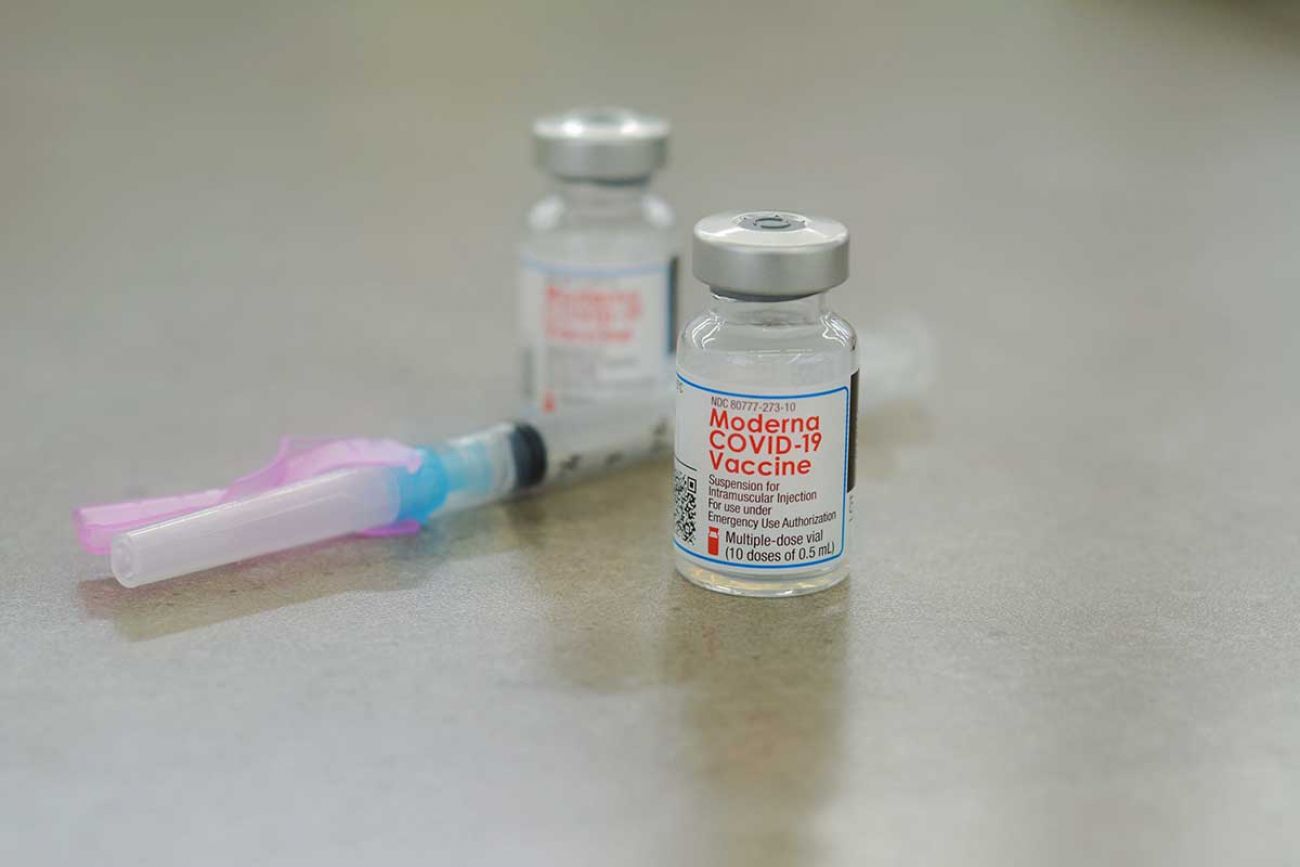COVID is fading, but racial gap in deaths is back with force in Michigan from Bridge Michigan
May 11, 2021
African Americans again are dying at a disproportionate rate from COVID-19 in Michigan, as the gap widens between Black and white residents who have been vaccinated.
In the past four weeks, African-American residents have comprised 19 percent — 295 of 1,560 deaths — of all COVID-19 deaths, despite making up 13.8 percent of the state population.
The uptick comes as demand for the vaccines decreases. Statewide, some 27 percent of African Americans have at least one dose of the vaccine, compared to 40 percent for white residents, according to state data.
And Detroit, where 78 percent of residents are African American, has one of the lowest vaccination rates in the state: About 33 percent among adults compared to 55 percent statewide.
“The virus is still wreaking havoc in the community,” said Dr. Debra Furr-Holden, an epidemiologist and professor of public health at Michigan State University.
It’s an abrupt change from last fall and winter, when African Americans made up less than 10 percent of deaths after being among the hardest-hit communities in the early months of the pandemic.
At one point last spring, African Americans comprised as many as half of Michigan’s COVID-19 deaths, highlighting both the lethality of the disease and consequences of racial segregation and poverty, which are associated with decreased access to jobs, food and health care.
Overall, 3,893 African Americans have died of COVID-19 in Michigan, 21 percent of the 18,239 deaths (as of Monday).
Experts say the return of the death disparities underscores that the vaccine saves lives.
Although data is incomplete, available records show white residents nationwide have received nearly two-thirds of all vaccines, compared to 13 percent for Hispanics, 9 percent for Blacks, 6 percent were Asian-American and 8 percent reported multiple or other races.
The discrepancy could be due in part to hesitancy but also lack of access, prompting extra efforts in cities like Detroit to make shots available not just at mass clinics like those at Ford Field and the TCF Center downtown, but in the neighborhoods.
Detroit has gone to senior housing apartments and run clinics at churches and neighborhood centers in an attempt to get as many people as possible vaccinated.
“If you make it easy for people they’re more likely to do what is needed to keep them healthy,” said Phillip Levy, an emergency room physician who heads the Population Health Outcomes and Information Exchange (Phoenix) program at Wayne State University.
As a physician at Detroit Receiving Hospital, Levy said he saw the rising number of COVID-19 cases pour into the emergency room in recent months.
“It’s very worrisome,” said Levy, who is also chief innovation officer for Wayne Health.
And he’s aware of the low vaccination rate in Detroit. “That’s really scary. We’ve got to continue to press and press hard.”
To help, Levy’s group has been taking its mobile health unit across the region, to neighborhoods in Detroit, Eastpointe and Pontiac and elsewhere to bring basic care as well as vaccines to areas where “social vulnerability” — higher poverty, more seniors, less health care access — is highest.
He lauded efforts at local churches to bring the vaccines closer to where people live, to have it offered in settings where people may be more comfortable.
Furr-Holden said even more has to be done: “It’s time for the moon shot,” she said, alluding to the 1961 call by President Kennedy to put a man on the moon.
“We need barrier-free vaccination,” she said, where people don’t need an appointment or with mobile vaccination units deployed across the state to bring the vaccine to the homebound and those who do not have easy access to transportation.
Spokespeople for the Michigan Department of Health and Human Services and Detroit Mayor Mike Duggan did not return messages seeking comment.
Read, “COVID is fading, but racial gap in deaths is back with force in Michigan” from Bridge Michigan.
